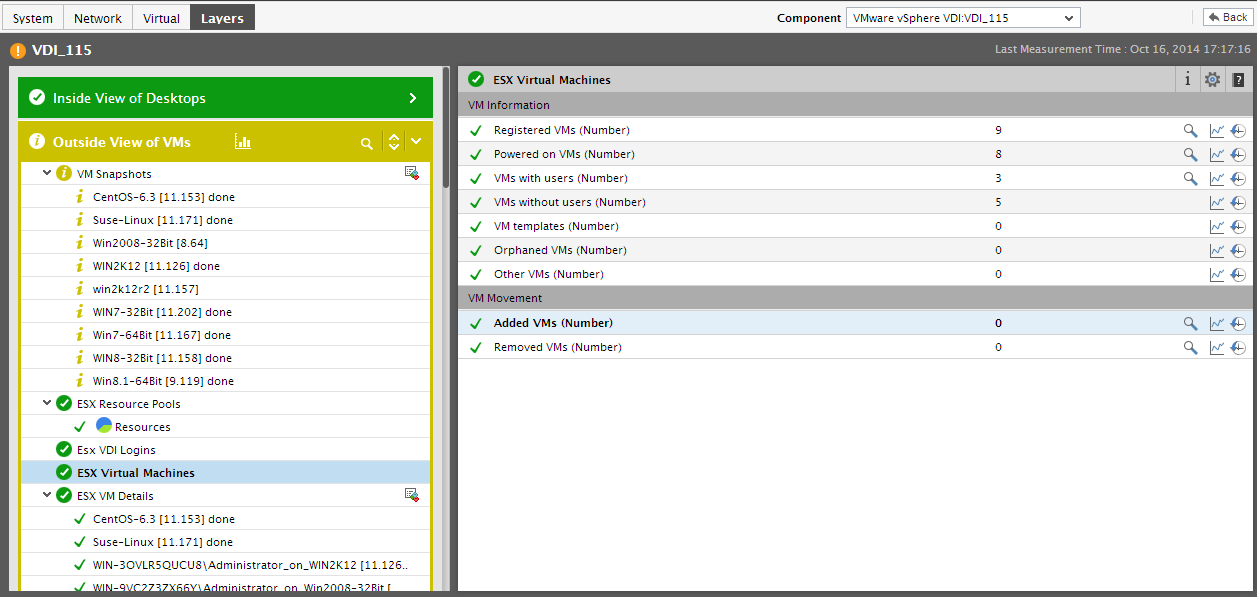The Hosts Tab Page
The Hosts tab, as mentioned already, provides insights into the current state and the extent to which resources are currently used by the managed virtual hosts in the environment. This tab page sheds light on resource-intensive hosts, and embeds efficient drill downs to discover the underlying cause for the high resource consumption of a host.
As stated earlier, this tab page, by default, provides the details of those managed virtual hosts that are of the type VMware vSphere ESX. Similarly, the details of the top-10 virtual hosts alone will be displayed in this tab page, by default. These default settings can however be overridden using the procedure already discussed.
Here again, the hosts displayed depend upon the node chosen from the tree-structure in the left panel. This section explains how the contents of this tab page change with context.
- If the global Zones node is selected in the left panel, then the Hosts tab page in the right panel will list the top 10 (by default) virtual hosts that the eG agent auto-discovers from across all the managed virtual hosts of the chosen type (see Figure 1). This list is typically sorted by the current state of the hosts. If state is the same across hosts, then the hosts are arranged in the order of their host names. Against every virtual host, the state of the host, the total number of VMs configured on the host, the number of VMs powered-on, and a default set of metrics indicating the extent to which resources are currently utilized by the host, will be displayed. This default measure list can be modified by adding new measures to be displayed in the Hosts tab page or by removing one/more existing measures from the tab page. To achieve this, follow the steps given below:
-
Besides revealing the VM load on each virtual host, this tab page also enables administrators to instantly figure out the following:
- Is any host experiencing performance issues currently?
- Is any VM on this host currently powered off?
- Are there any resource-hungry virtual hosts in the environment? If so, which ones are they?
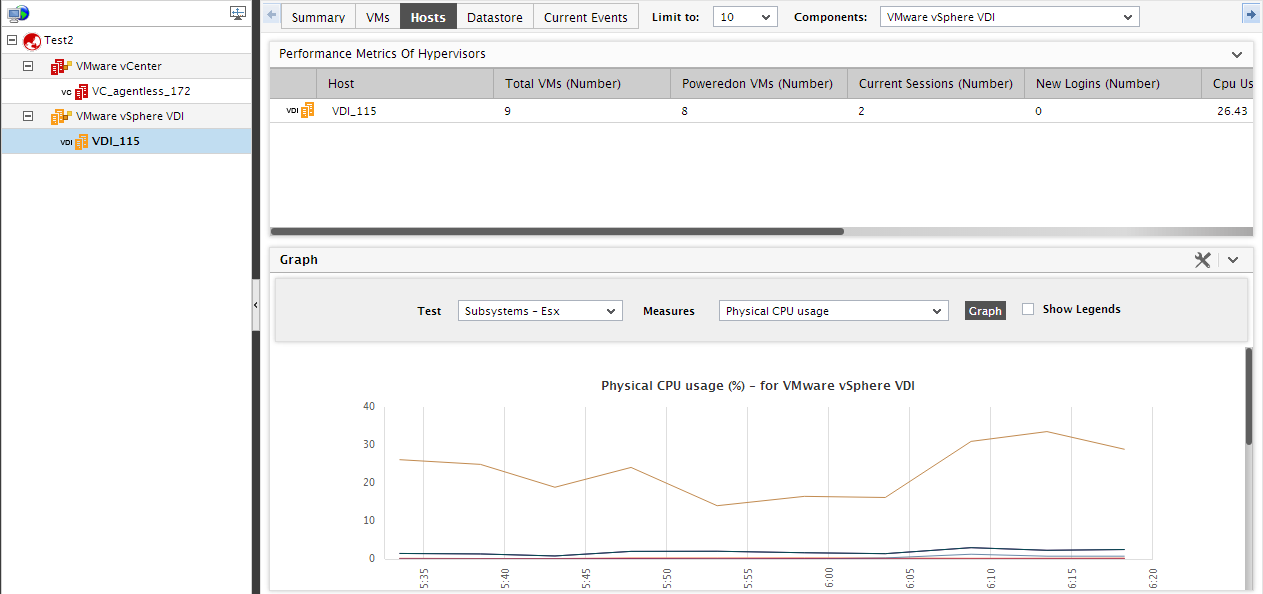
Figure 1 : Zooming into the performance of a VM from the VM dashboard
- Below the host list, you will find a Graph section (see Figure 1). This section will be available in every tab page in the right panel of the VM dashboard. The Test list in this section will be populated with all the tests related to the virtual hosts of the chosen type. Note that VM-related tests will not be available for selection in this list. These tests will be sorted in the order of the test names, and the top test in the sorted test list will be selected by default in the Test list box. The Measures list naturally, will be populated with those metrics that the default Test reports. Since this list too is sorted in the order of the measure names, the top measure in the sorted list will be chosen by default in the Measures list. Accordingly, for the global Zones node in the left panel, the graph that appears in this section traces the variations in the default measure across the top 10 (by default) virtual hosts (of the chosen type) in the environment during the default timeline of 1 hour. Using this graph, administrators can compare the performance of a particular measure across virtual hosts, and accurately identify those virtual hosts that are poor performers. If need be, you can plot a comparison graph for a different Test-Measure pair, for a different timeline. To change the timeline, click on Timeline; the window depicted by Figure 1 will then pop out, allowing you to change the date and time.
-
A legend is provided at the end of every graph clearly indicating which virtual host is represented using which color in the graph. This is accompanied by the Avg, Max, and Min values that the chosen Measure has recorded for every virtual host during the chosen Timeline. To view the legend, you can scroll down the Graph section. If need be, you can hide/unhide the Graph section or the Tree in the left panel using the buttons provided in the VM Dashboard. These buttons have already been described in The Summary Tab Page of this document.
Note:
By default, while plotting a graph for a descriptor-based test across virtual hosts, eG Enterprise aggregates the measure values across all descriptors for a host, and plots only a single value for each virtual host. Accordingly, the AggregateGraphs flag in the Configuration Settings window that appears when the
 button is clicked, is set to Yes, by default. Sometimes, administrators might want the graph to plots values per descriptor. In such a case, set the AggregateGraphs flag to No.
button is clicked, is set to Yes, by default. Sometimes, administrators might want the graph to plots values per descriptor. In such a case, set the AggregateGraphs flag to No.
- Now, let us see what happens if a particular zone is chosen from the tree-structure in the left panel. When this is done, the Hosts list in the right panel will change to display the state and resource usage metrics related to the top 10 virtual hosts that are operating within the zone that is clicked on. This information helps administrators analyze how the performance of one/more virtual hosts in a zone impact the performance of the zone as a whole.
-
If you then drill down a particular zone in the tree, you will be able to view the virtual component-types that form part of the zone, and their current state. If you click on a particular component-type in the tree, the Hosts tab page in the right panel will allow you to view the state and usage metrics pertaining to the top-10 (by default) virtual hosts of that type that are included in the corresponding zone (see Figure 1).
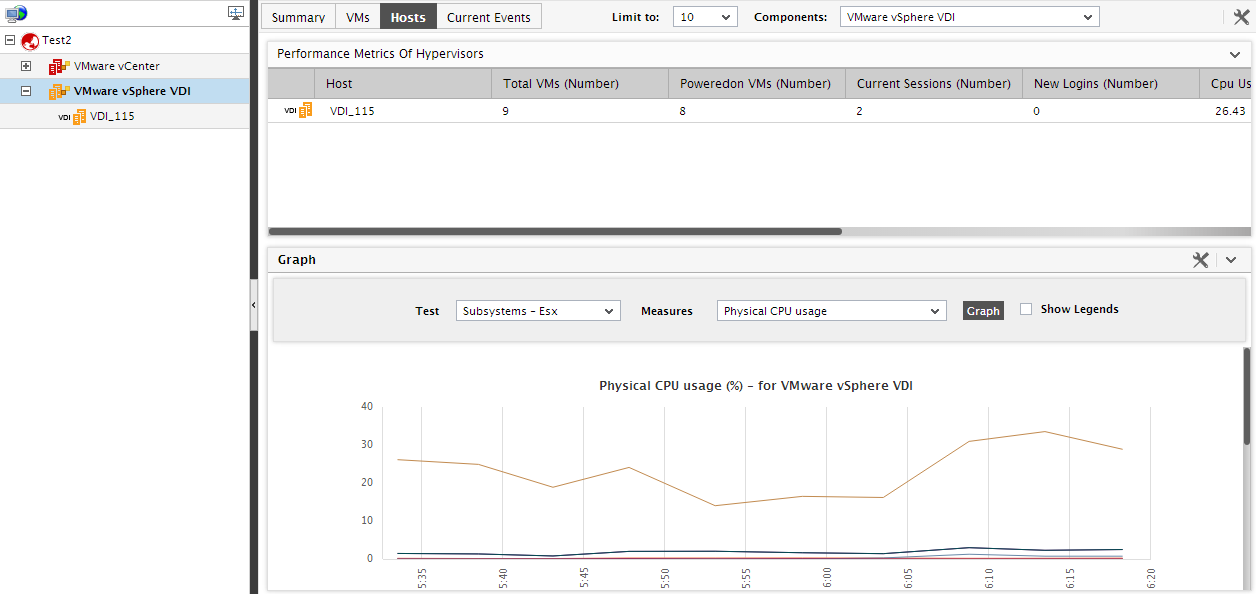
Figure 2 : The Hosts tab page for a virtual component type in the tree
-
If the vCenter servers in your environment are being monitored as part of a zone, then expanding that zone’s node in the tree would reveal the VMware vCenter component-type. When this component-type is clicked on, the Hosts tab page will change to display the state and resource usage metrics related to the top-10 (by default) virtual hosts managed by all vCenter servers included in that zone.
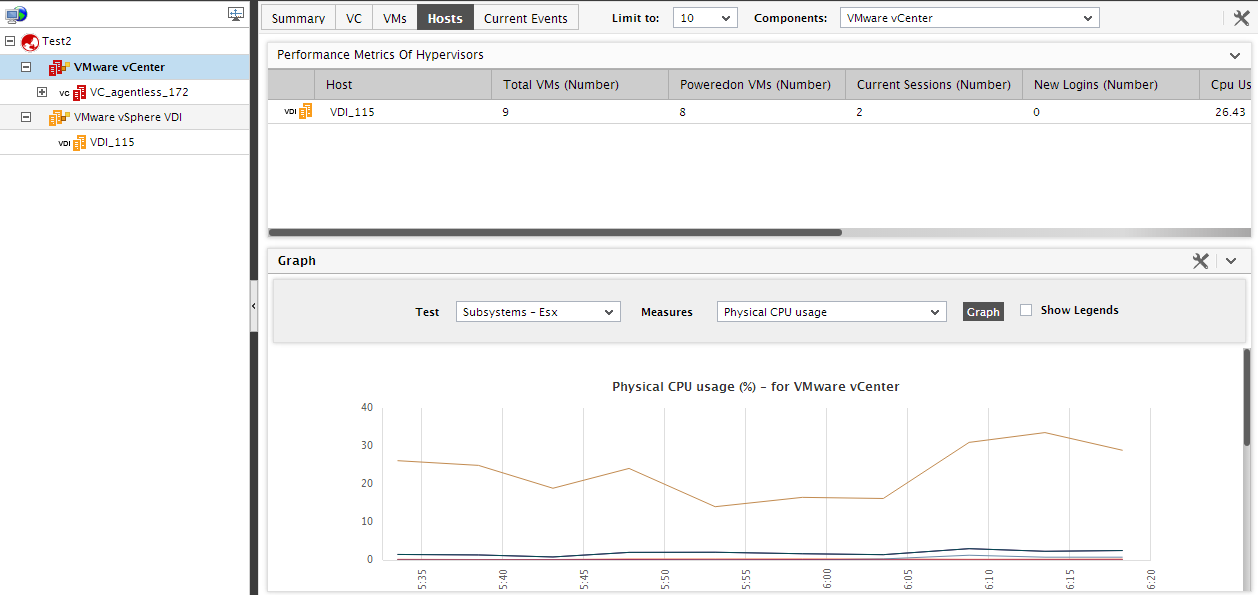
Figure 3 : The Hosts tab page if the ‘VMware vCenter’ node is chosen from the tree
-
To know which vCenter servers have been added to a zone, just expand the VMware vCenter sub-node under the zone node in the tree. This will reveal the name and the current state of the vCenter servers in that zone. Clicking on a particular vCenter server in the tree will provide the complete details of the top-10 hosts (by default) managed by that vCenter component.
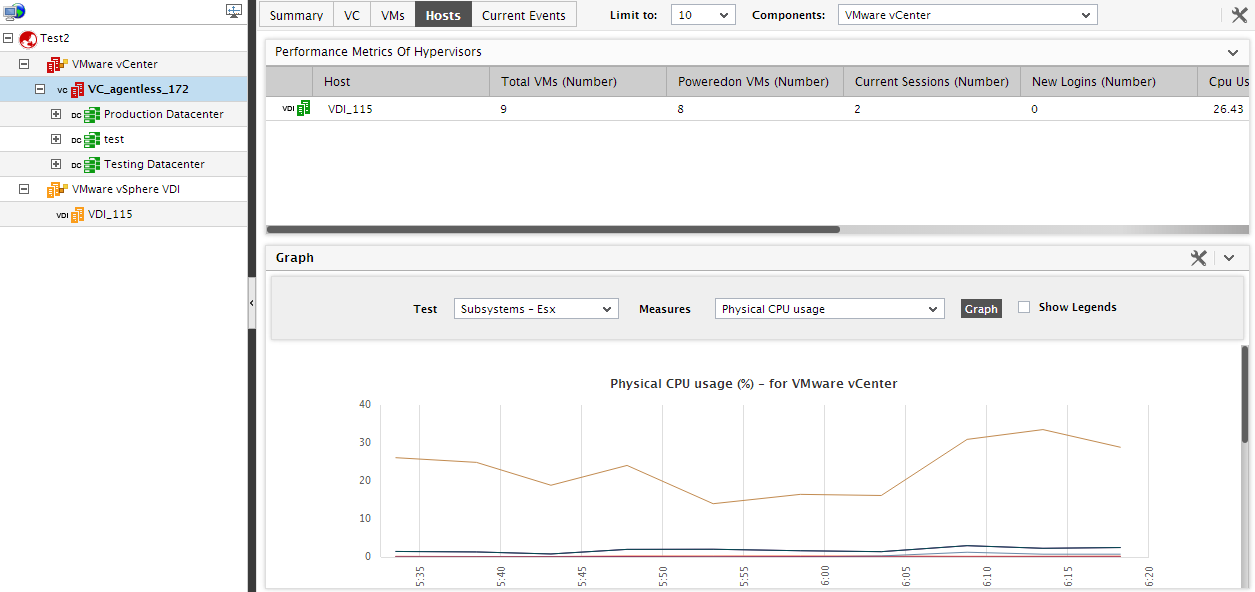
Figure 4 : The Hosts tab page if a particular vCenter server is chosen from the tree
-
Typically, when you expand a vCenter server node in the tree, the physical ESX servers that are being managed by that vCenter server will appear.
Note:
While the vCenter server tree will list even those ESX servers that are not monitored by eG Enterprise, the tree will not indicate the current state of such servers; also, clicking on any such server will not display corresponding performance information in the tab pages in the right panel.
However, if folders have been configured on the vCenter server, then these folders will appear as sub-nodes of the vCenter server node. If you click on a folder, then the Hosts tab page will indicate how well the top-10 hosts (by default) within the folder are performing.
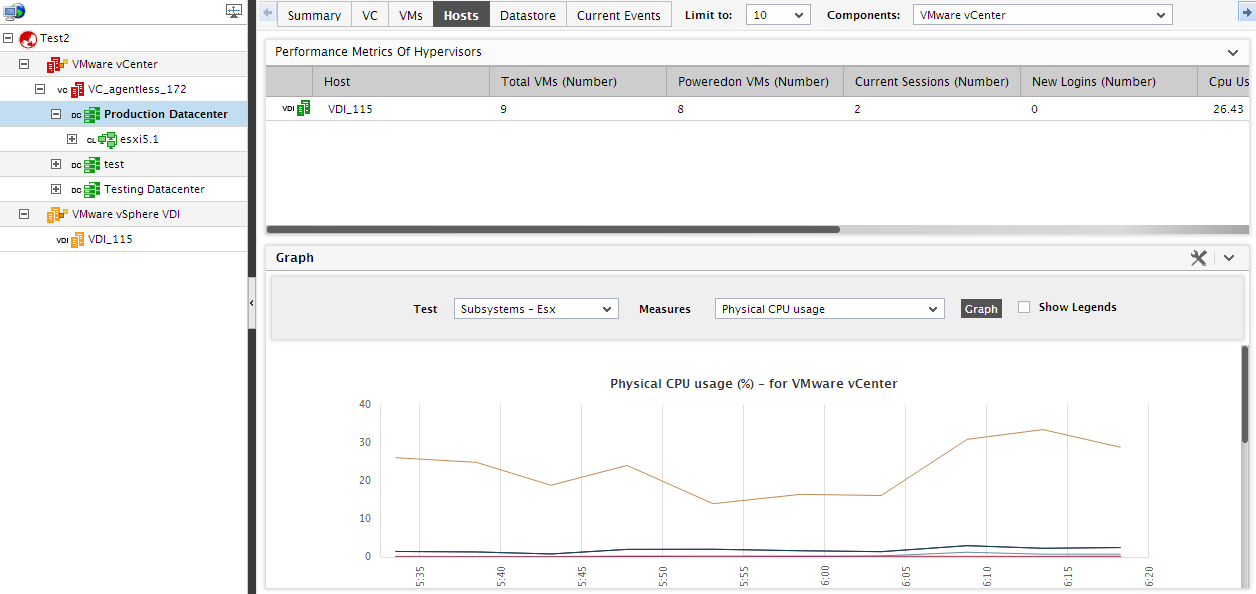
Figure 5 : The Hosts tab page for a folder selected from the tree
-
If folders exist within a vCenter server, then expanding the folder node reveals sub-nodes representing the datacenters that have been configured on the vCenter server. If no folders exist, then expanding the vCenter server node will reveal the datacenter sub-nodes. If you click on a datacenter, then the Hosts tab page will indicate how well the top-10 hosts (by default) within that datacenter are performing (see Figure 6).
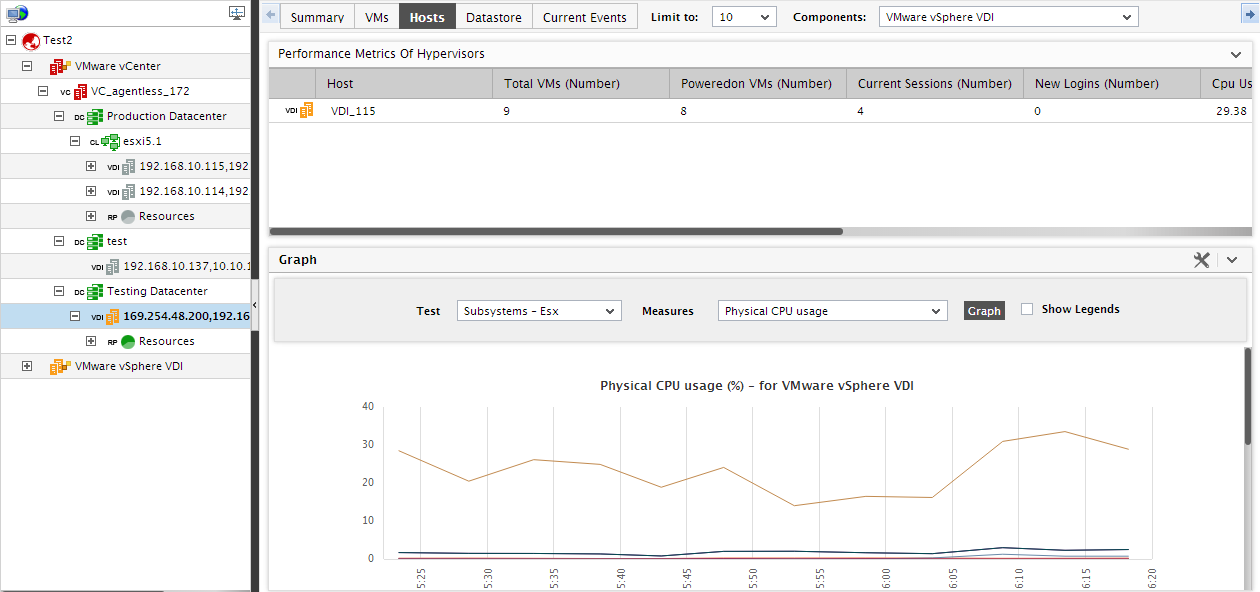
Figure 6 : The Hosts tab page for a datacenter chosen from the tree
- Many vCenter installations manage clusters of ESX servers. If such clusters have been configured on any monitored vCenter server, then, in the Virtual Infrastructure tree, these clusters will appear as sub-nodes of the datacenter node. If you click on a cluster sub-node in the tree, the Hosts tab page will reveal the state and performance information pertaining to the top-10 hosts (by default) that are part of the cluster clicked on.
-
To view the individual virtual hosts that are part of a zone, do any of the following:
- Expand the nodes representing the virtual component-types in the zone;
- If the zone consists of components of type VMware vCenter, expand the node representing the monitored vCenter server in your environment;
- If datacenters are configured on a monitored vCenter server, expand a datacenter sub-node under the vCenter server node;
- If clusters are configured within a datacenter, expand the cluster sub-node;
If you then click on a virtual host in the tree, the Hosts tab page will change to display the state and measures extracted from the chosen virtual host alone (see Figure 7).
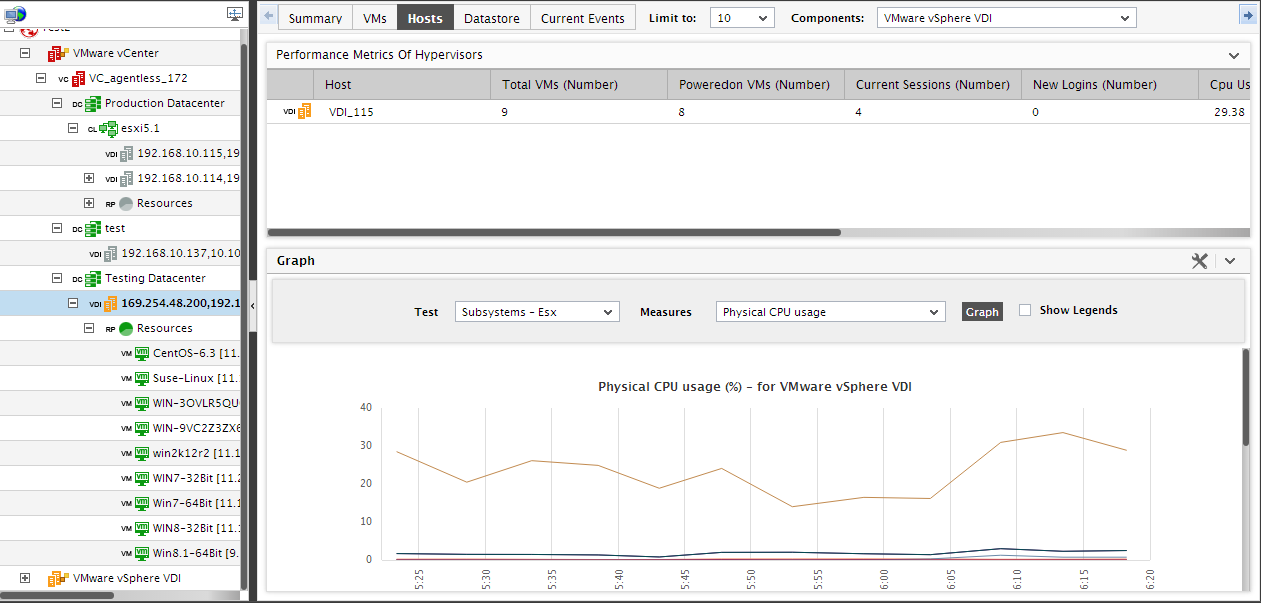
Figure 7 : The VMs tab page for a particular virtual host selected from the tree
-
If a virtual host in the Hosts tab page is found to be in a critical state, then to zoom into the problems affecting the health of that virtual host, simply click on it. Figure 8 then appears revealing the layer model of the virtual host, and clearly indicating the problem layer. While clicking on the problem layer will reveal the problem test, a click away from the problem test is the problem measure, which sheds light on the root-cause of the problem with the virtual host (see Figure 8). To return to the VM dashboard, just click on the Back to Virtual Dashboard link at the right, top corner of the layer model page.
